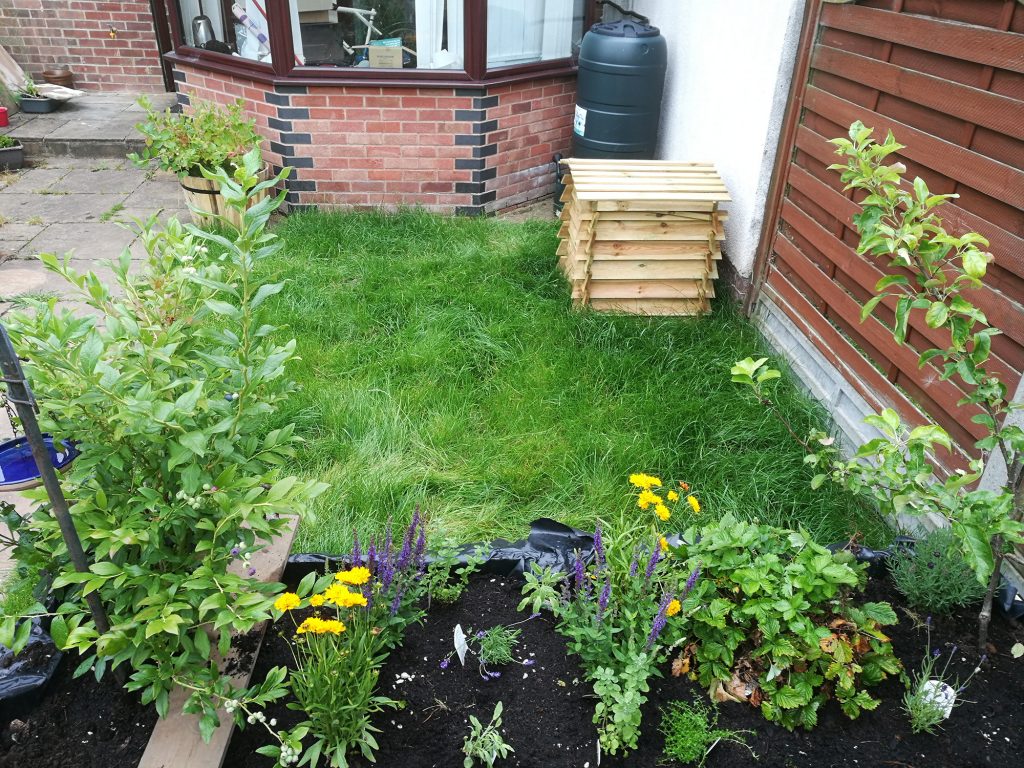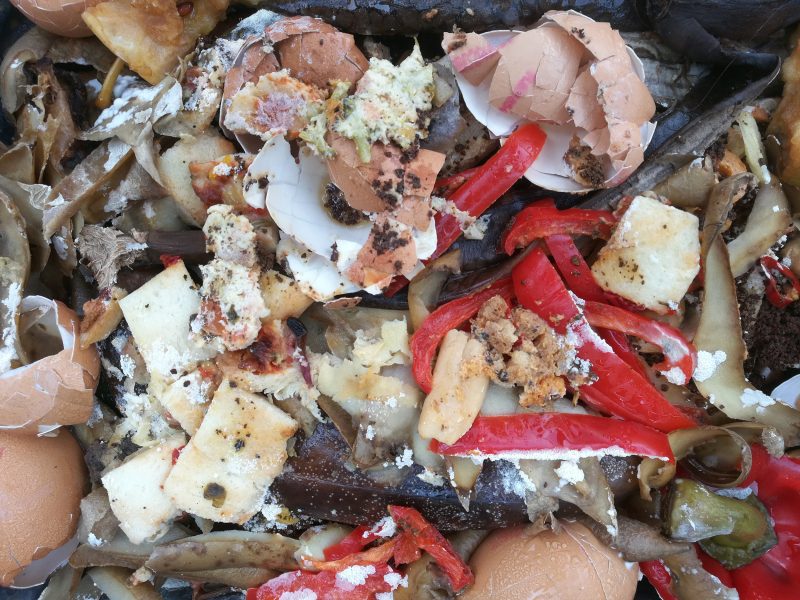Every year around the World, a third of food is wasted. Here in the United Kingdom 70% of food waste comes from households. This goes to landfill where it emits greenhouse gases. We wanted to reduce the amount of food waste was being sent to landfill, which – with a baby led weaned child isn’t easy. We decided to try this Twin Pack Bokashi Compost Bin from Ethical Supermarket which seemed to offer the perfect solution for us. It would mean we could potentially stop all our food waste going to landfill.
This post contains affiliate links to products that I have used or recommend. I have made these as unobtrusive as possible. You can learn more about what these do here.
What is a bokashi bin?
As much as we try to throw less food away, with a toddler we still throw a lot of food away that has been ejected/mauled and stuffed in between things around the house.
A bokashi bin is an airtight tub that you chuck your food waste into and then you sprinkle some bokashi bran in with it. This bran contains beneficial microbes that will ferment the food waste in anaerobic environments.
Sounds lovely doesn’t it. But because its an airtight container there’s no smell. Even when you open it and your faces with fermenting food waste, it’s not an unpleasant smell, a bit vinegary but other than that it’s not going to make you gag!
What can I bokashi bin?
Pretty much any food waste into a bokashi bin! The only exceptions being large bones, liquids and already mouldy food. When compared with a normal compost bin and a worm composter (called a Vermicomposter) the bokashi bin will deal with the majority of solid food waste a household will produce that would ordinarily end up in the bin.
| Type | Composter | Vermicomposter | Bokashi Bin |
|---|---|---|---|
| Uncooked fruit/peel | ✔ | No Citrus | ✔ |
| Uncooked veg/peel | ✔ | No Onion/Garlic | ✔ |
| Cooked veg/peel | Steamed/boiled | ✔ | ✔ |
| Baked goods | ✘ | ✔ | ✔ |
| Greasy food | ✘ | ✘ | ✔ |
| Plastic free teabags | ✔ | ✔ | ✔ |
| Crushed egg shells | ✔ | ✔ | ✔ |
| Meat | ✘ | ✘ | ✔ |
| Fish | ✘ | ✘ | ✔ |
| Dairy | ✘ | ✘ | ✔ |
| Small bones | ✘ | ✘ | ✔ |
| Hair, nail clippings | ✔ | ✘ | ✔ |
| Card/Vegetation waste | ✔ | ✔ | ✘ |
When we first got the bokashi bin we couldn’t quite believe the small bones could be put in, however, in an experiment we put a two whole chicken carcasses in. Sure enough, the hard bone outers had dissolved and the rest composted just fine.
What do you do once it’s full?
Once the bokashi bin is full, it is left to ferment for a couple of weeks, I usually put ours outside or in the garage). With this twin pack bokashi bin, as one is fermenting we fill another one. It takes just over a month to fill one of them – and if we manage to reduce our food waste that will last longer. While it’s filling and fermenting we drain off the liquid using the tap at the front. Watered down this is great fertiliser, or you can use it full strength down drains where the microbes and acidity can help keep them clear.

After it’s fermented for a bit, we empty the contents into the outdoor composter where it will break down into compost in a much shorter time than if we had just composted. By doing this, we have stopped pretty much all our food waste from going to landfill. Consequently, we have stopped the greenhouse gases that would have been released by rotting food in landfill.
It composts quickly once it’s in there too. As a result, we have never managed to fill the compost bin (until we cut the meadow lawns!), but the compost at the bottom is rich, black fertile stuff which worms love! The nutrients run down a drainage channel we dug away from the house towards a planter and an apple tree.Additionally the microbes present in the compost also enrich it for wildlife. They provide a foundation for an ecosystem in the soil, that in turn supports larger creatures.
How have you reduced food waste? Let us know in the comments below

